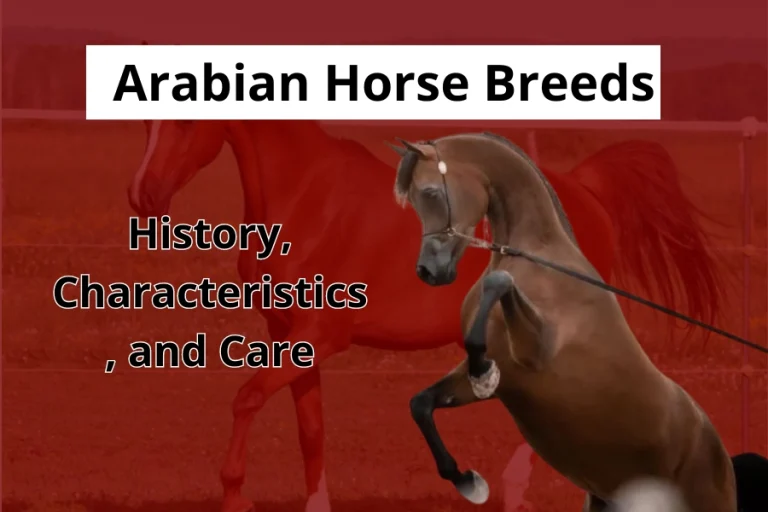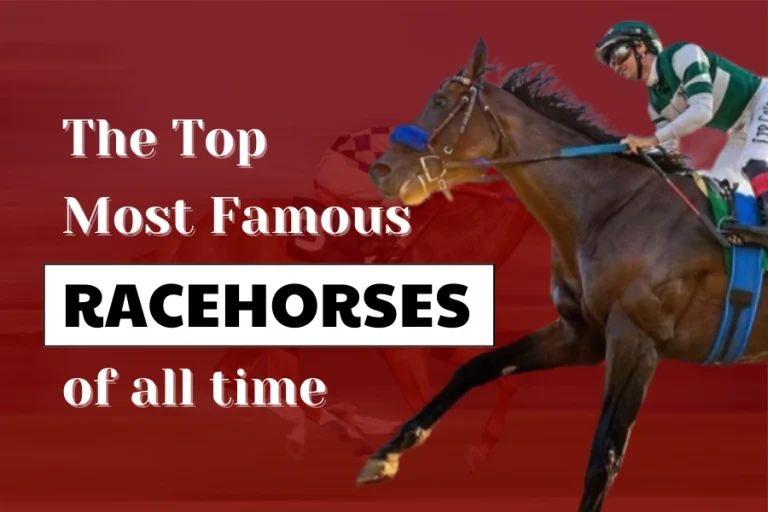7 Chestnut Horse Breeds: Stunning Shades & Interesting Facts
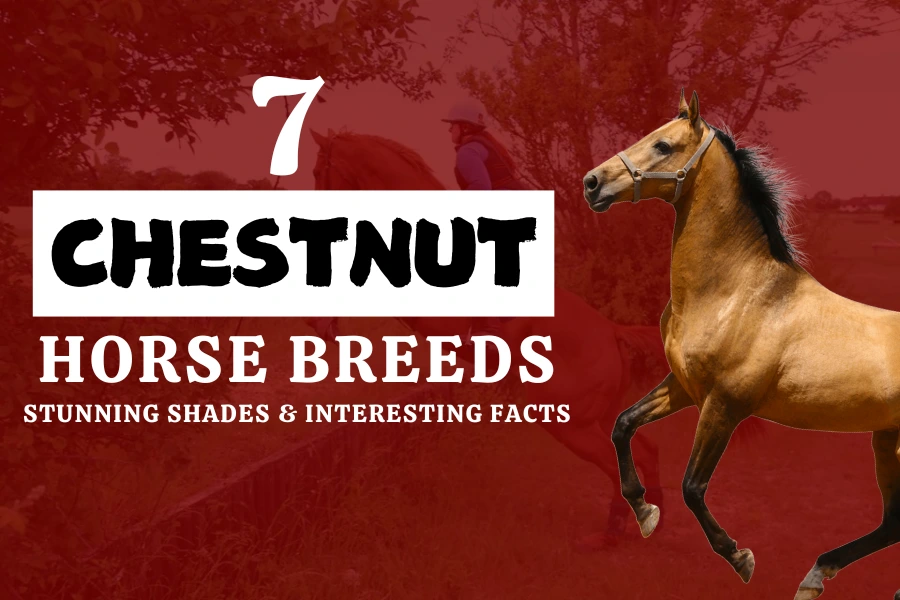
Chestnut horse breeds, with their rich and reddish-brown coats, have charmed horse lovers for centuries. Their coats are present in a range of shades—light golden to deep, dark mahogany—casting a unique charm with each one. They convey elegance and warmth with these rich and warm colors.
Chesnut horses have appeared in many movies. Do you remember the horse named Phillipe in the “Beauty & The Beast” cartoon? It is a Belgian breed with beautiful chestnut coat. In this article, we will be talking about their pretty coat colors, interesting facts, and some of the most remarkable chestnut horse breeds. Join us in honoring the diversity and beauty of these amazing creatures.
The Various Hues Of Chestnut Horse Breeds
Chestnut horses come in a variety of shades, each of which contributes something different to their overall look. Here are a few of the prominent kinds:
- Light Chestnut: With a reddish-gold coat color, light chestnuts feature a delicate, almost copper hue. Often this is paired with a lighter mane and tail for a very harmonious look that is softly sunlit.
- Sandy Chestnut: A slightly deeper shade than light chestnut, sandy chestnut horses are adored for their very slightly warm and reddish tan colored coat. This color gives off a soft, golden gleam and is often enhanced by a mane and tail that are the same in color as the body.
- Red Chestnut: Known for its vibrant, fiery red hue, red chestnut is one of the most striking shades. These horses are generally uniformly rich in color, while the manes and tails are quite red, making the whole appearance of the horse look so vibrant.
- Dark Chestnut: A horse with a dark chestnut looks captivated with a deep and reddish-brown coat. Sometimes, the coat carries a hue that approaches chocolatey, with matching dark manes and tails, giving them an abundance and luxuriousness.
- Liver Chestnut: Of all the chestnut color categories, liver chestnut horses have the deepest coat color. Their coat is usually a very dark, almost purplish-brown, and is commonly matched with this same intense color of mane and tail. All make them look highly attractive and elegant.
Interesting Facts Of Chestnut Horse Breeds
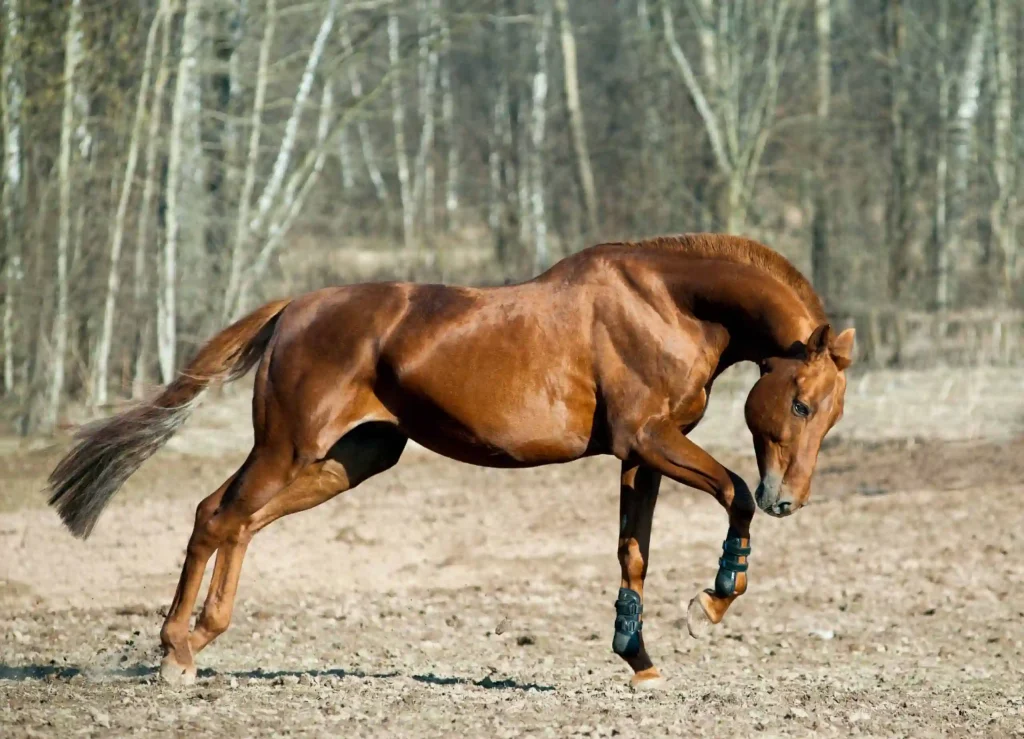
Here are some fun facts about chestnut horses that may interest you:
- Genetic Simplicity: A relatively simple recessive gene determines the color of a chestnut coat. This means that to manifest this color, a horse must inherit a pair of the chestnut genes—one from each parent.
- Mane & Tail Color Variations: Chestnut horses usually have manes and tails that are of the same color as their body, not like other coat colors.
- Unique Markings: There can be quite an extensive range of unique white markings that are seen on chestnut horses’ faces and legs. Those serve as the identification of individuality for each horse.
- Cultural Appearances: Chestnut horses can be often found in mythology and folklore. For instance, in Norse mythology, Odin’s horse, Sleipnir, is represented as having eight legs that are chestnut in color.
- Most Expensive Chestnut: Palloubet d’Halong, a chestnut gelding, was the most expensive horse ever sold. Top showjumper, the Selle Francais horse sold in 2013 for $15 million.
- Famous Chestnut Horse: Perhaps the most well-known chestnut horse is the Secretariat. The 1973 Triple Crown winner, this Thoroughbred served as the inspiration for the film of the same name. Following the conclusion of his racing career, Secretariat was sold for a record-breaking $6 million.
7 Gorgeous Chestnut Horse Breeds
You may be excited to view those splendid chestnut horse breeds. Take your time to admire the beautiful horse breeds below.
Haflinger Horse
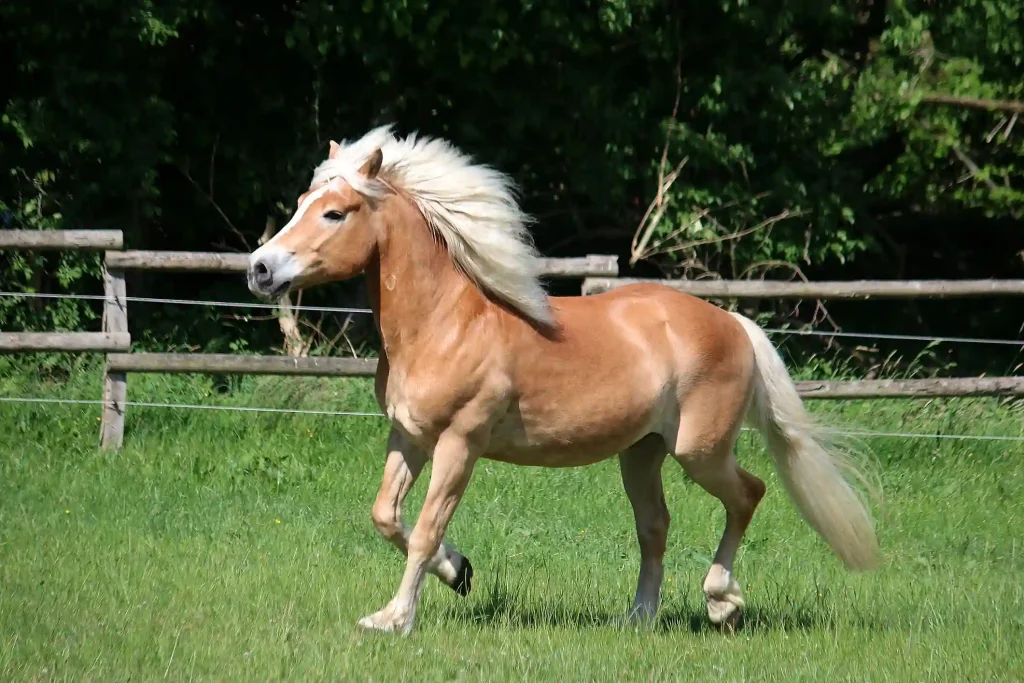
The Haflinger comes from Austria and Italy. Small and sturdy built, its chestnut coat can range in shade from golden light to rich dark. Typically, their manes and tails are a contrasting flaxen color, making them all the more attractive with their almost fairy-tale-like look. They are versatile and kind animals, good both for riding and driving.
Tennessee Walking Horse
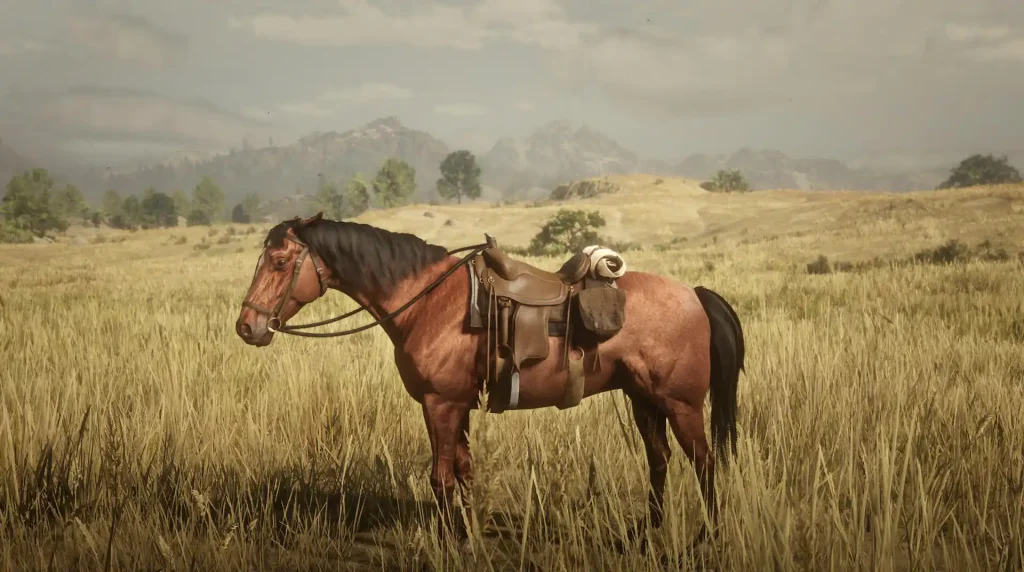
This attractive breed of horse is known for its gait that glides naturally and a calm temperament. Their chestnut coats can range in color from bright, and coppery color to a more profound red, often with striking white markings. This is a very popular breed among trail riders and show animals, where the distinct graceful movement is splendid.
Belgian Horse
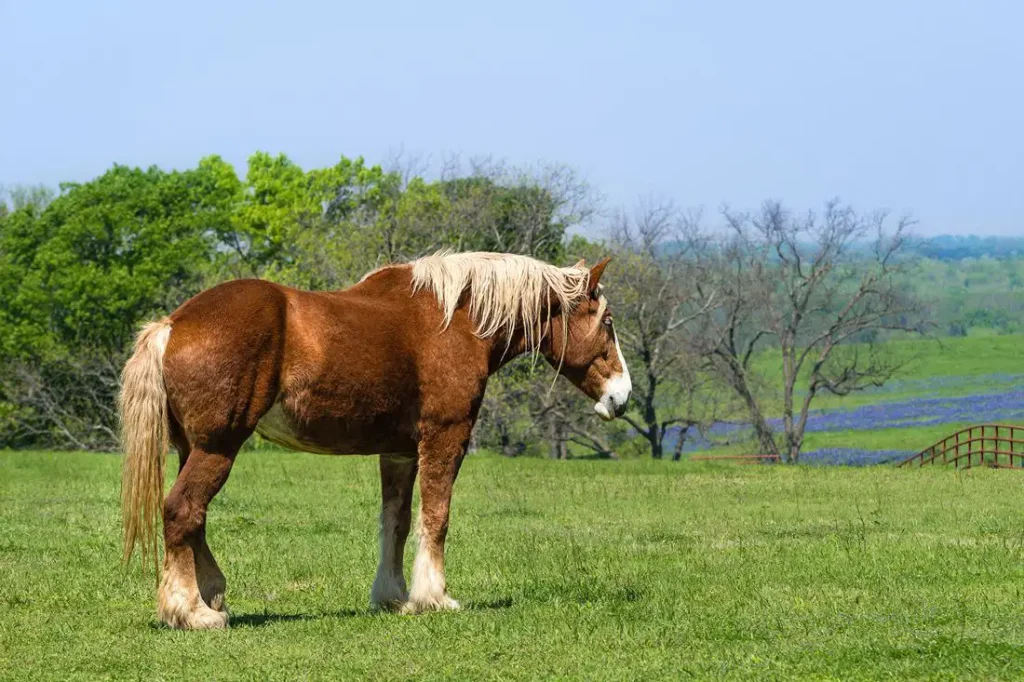
The Belgian is a strong draft breed that has its origin in Belgium, mostly seen in a chestnut color that goes further in enhancing its build with muscles. The color of its coat may vary from light, reddish-gold to deep, reddish-brown and at times combined with a flaxen mane and tail. Belgians are notable for their strength, docility, and amazing work ethic.
Arabian Horse
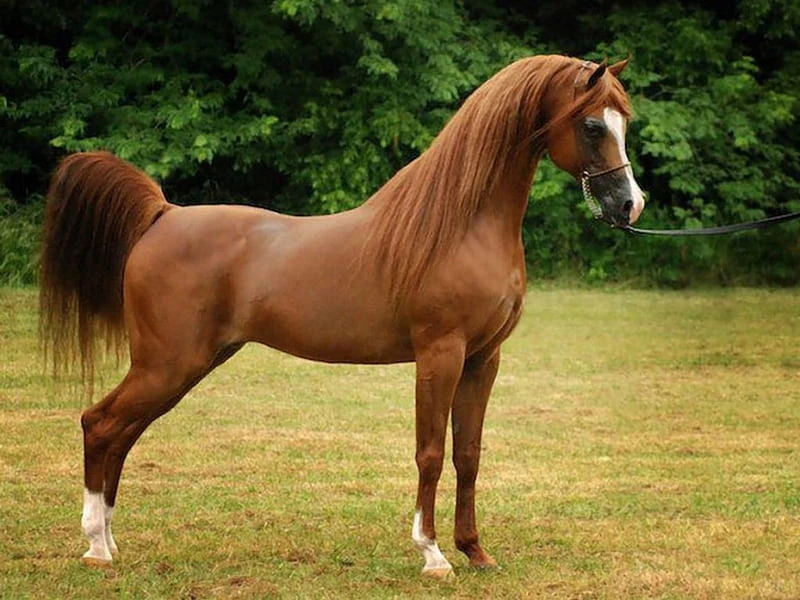
The oldest horse breeds are renowned for beauty and elegance of conformation, as well as for endurance. Chestnut colored, their coats shine with a bright, coppery sheen, often with a matching mane and tail. Such color highlights the very refined, very elegant conformation of the Arabians, especially their use in shows and endurance riding.
American Quarter Horse
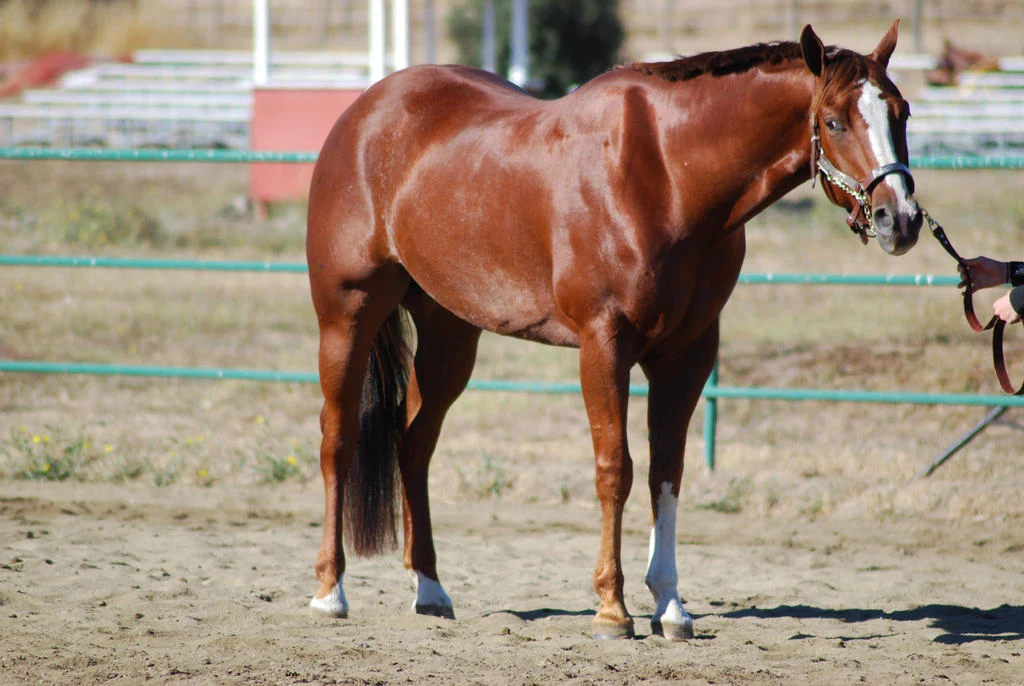
Most are noted for their speed and agility over short distances. Many of them come in a chestnut color that ranges from light, golden-red to a deep, rich mahogany. The breed is solid and firm-looking, which adds to its robust, athletic appearance. Thus, they surely stand out in the racing industry and various Western riding sports.
Morgan Horse
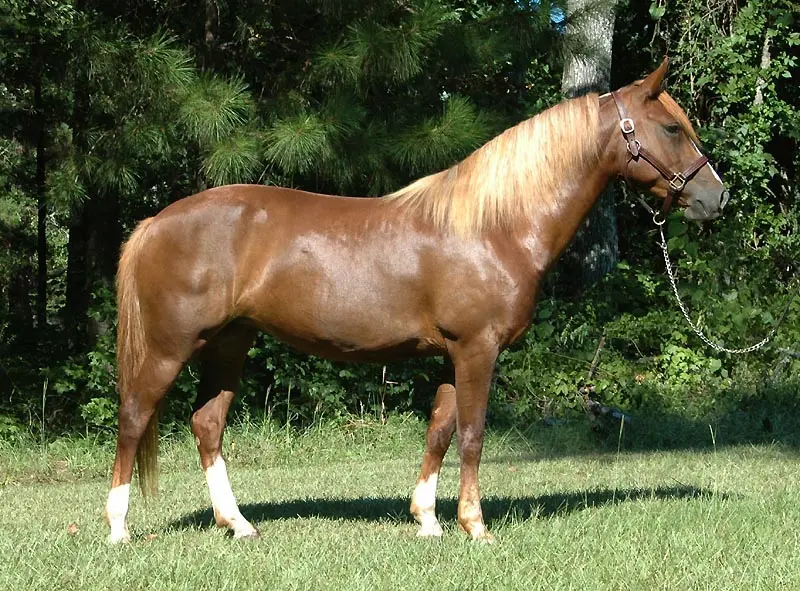
Morgans are known for their versatility, strength, and friendly nature. Chestnut Morgans with rich, red body colorings, often complemented by the same shade of mane and tail, convey a sense of classic beauty and style. This breed is associated with great equestrian sports from dressage to driving.
Thoroughbred Horse

This kind of horse breed is celebrated for their speed and agility in racing. Their slender, athletic bodies are adorned with a radiant coat that varies in brightness and hue from bright, fiery red to deep, dark chestnut. A solid muscular build and this striking coloration make chestnut Thoroughbreds favorites in and out of the racetrack.
Last Words From Raxin Horse
From the classic American Quarter Horse to the regal Arabian, chestnut horses have long been a source of fascination among horse fanciers. Richly colorful coats combined with breed idiosyncrasies produce an amazing kaleidoscope of equine beauty. It is a completely fantastic idea to take pleasure riding and taking photos with those gorgeous chestnut horses. A horse with a red chestnut coat will be so vibrant for your photo shot under a sunset.

